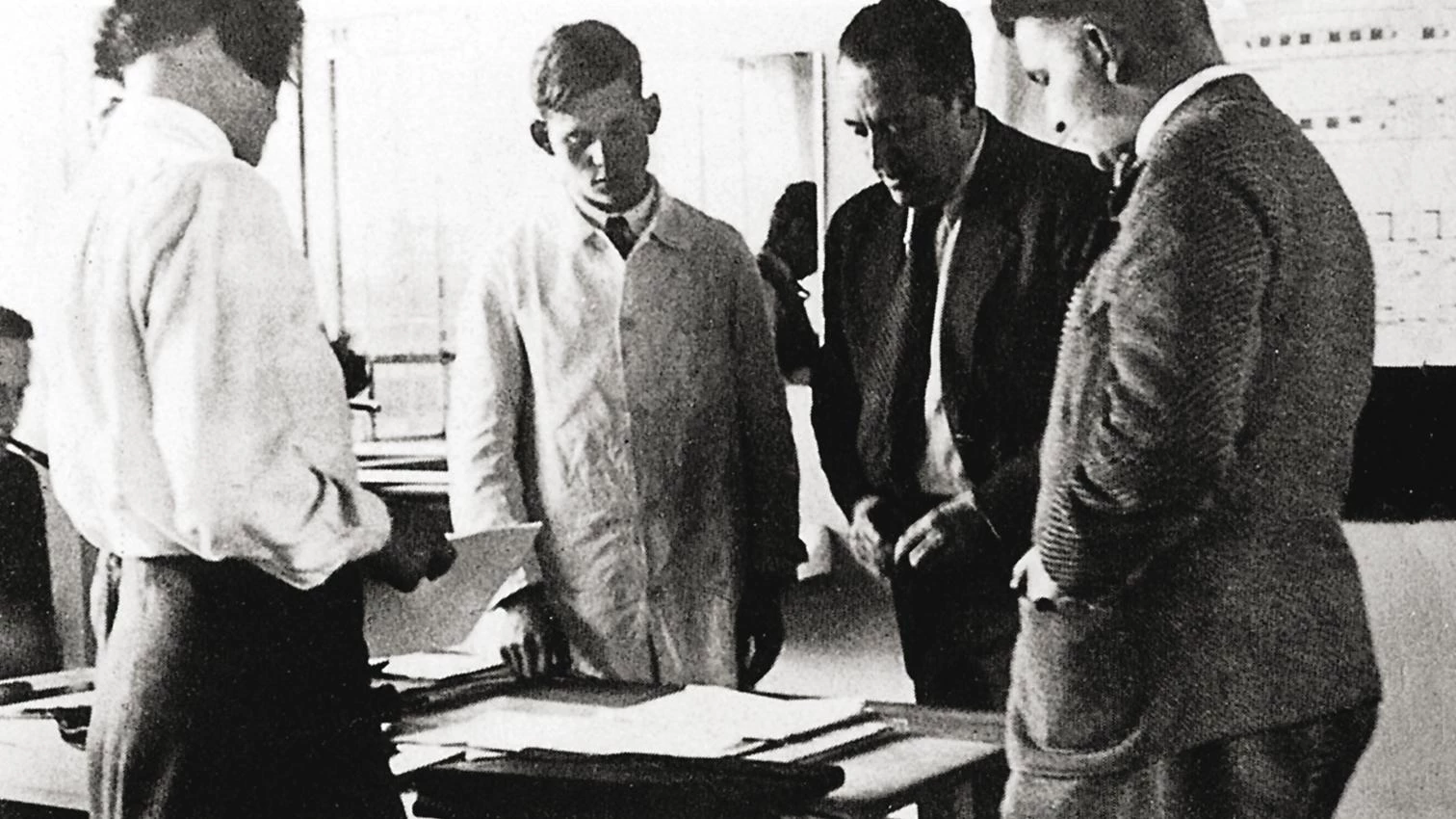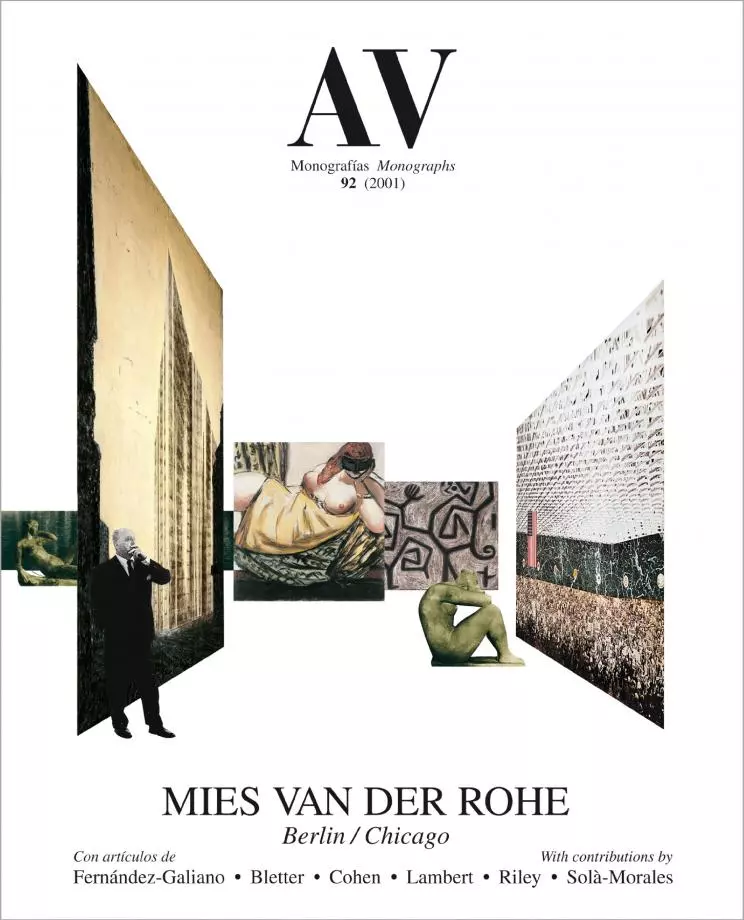Metropolitan Competitions
The German Laboratory of the Universal

The five urban competitions of 1928-33 develop the theoretical principles of the Concrete Office Building of 1923, show the side of Mies’s work closest to the rational Sachlichkeit, and prefigure the abstract universality of the American period. If in the houses and pavilions he had taken to its logical conclusion the expansive dynamism of the two country houses, which dissolve forms in the landscape with romantic empathy, in the projects for the Großstadt carried out simultaneously he uses as essential reference the Concrete Office Building, which proposes to build the metropolis with elementary and compact prisms. The two approaches of Mies respond to the different scale, site and nature of the projects: the scenographic space of the small buildings among gardens devoted to exhibition or residence cannot possibly be transferred to large urban developments for offices and commercial space, that require a neutral character and a very different flexibility of uses. But this interior fracture of his work between the more emotive, choreographic and artistic, and the more intellectual, rational and technical shows as well the uncomfortable coexistence of the subjective Mies and the objective one; a dimension that gives depth to his work, but that is at the same time responsible for his disagreements with Gropius and the rest of the “politically correct” avant-garde, that criticized his spiritualist and classicist archaisms, his aesthetic elitism, his ambiguous attitude towards technique and a disdainful ideological indifference that on occasions verged on opportunism... [+]





